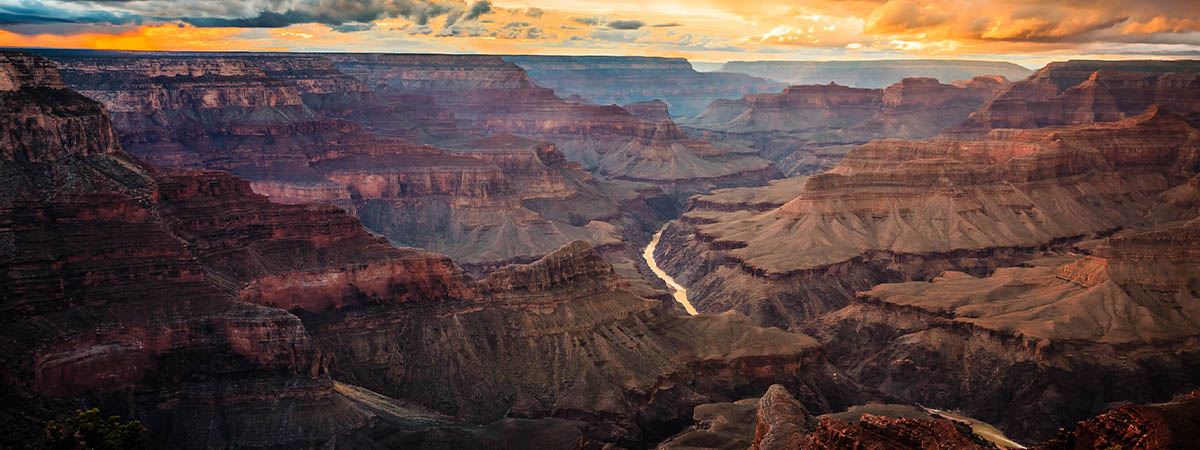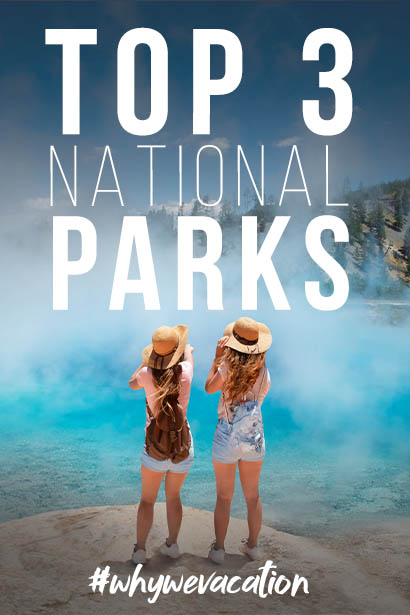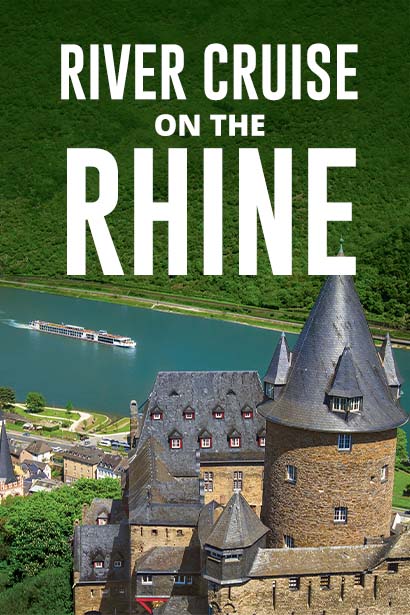

WELCOME TO AMERICA’S PLAYGROUNDS
Playgrounds is a curious word. To suggest that any of America’s 60 protected national parks are playgrounds is a disservice to their true intent. When Yellowstone was officially recognized as the first in 1872 by President Ulysses S. the focus was clear: to protect and preserve the “natural curiosities, or wonders within said park, and their retention in their natural condition.”
And yet, when you step foot inside these protected wonderlands, the word playground immediately jumps to mind. The wide-open awe, the astonishing scale, the intense beauty, the embraceable solitude of these amazing spaces bring out the kid in us all. We find ourselves skipping ahead, leaping from rock to rock, splashing in streams and racing to the rim to stare out and yell, “Would you look at that!”
That is their power. National parks transform us all into little kids. Budding geologists. Daring adventurers. And this power is strongest in the lands west of the Rockies. Here, we highlight the all-stars.

Breathtaking views abound while hiking the rim of the Grand Canyon
Grand Canyon National Park
Nothing can adequately prepare you for your first glimpse. The incredible chasm is deeper than imagined, the sun-striped canyon walls more imposing. However you choose to explore this marvel—racing through the gorge atop the Colorado River, the whitecaps propelling you forward; hiking around the well-trodden rim, your phone overflowing with pictures; astride a friendly mule, descending deeper into the limestone depths—your eyes remain perpetually wide, nearly startled by the stunning landscapes. It’s best absorbed over several days, from high above and far below, in order to appreciate this vast labyrinth of space, rock, water and beauty.

Yosemite National Park become magical at dusk
Yosemite National Park
Yosemite is a vertical force: huge granite monoliths rear up, while more than 20 waterfalls plunge down the sheer cliffs. It’s an awe-inspiring spectacle, the result of a massive glacier that left in its wake a series of yawning valleys, sweeping meadows, giant sequoias and a diverse wilderness that black bears, bighorn sheep and bobcats call home.
The features here have reached near-celebrity status. Yosemite Falls, the highest in North America, roars 2,424 feet down in a torrential rage, powered by snowmelt and gravity; while picture-perfect Bridalveil Fall greets many visitors as they enter the park. Half Dome is a sheer beast of granite, rising 4,737 feet to block the sun. And Tunnel View, a stop off State Route 41 where the valley floor opens, offers a view that can only be described as breathtaking.
And then there’s El Capitan. The largest block of granite in the world is a magnet for visitors, a dream model for photographers and an incredibly difficult challenge for climbers. While a glorious sight to behold 365 days a year, there’s a special time during late February when the light hits Horsetail Falls leaping down El Cap at the perfect angle, creating a prismatic explosion of blazing colors known as “Firefall.”

Grand Prismatic Spring in Yellowstone National Park
Yellowstone National Park
It all comes back to America’s first national park. Alive with thermal activity, thanks to the giant, dormant volcano at its center, the land is alive with geysers, boiling hot springs and bubbling mudpots. Amazingly, among this alien world, the park teems with wildlife. Grizzly bears and wolves amble amid the rugged peaks, while giant herds of bison and elk graze in the meadows near the ring road, staring nonchalantly at the long line of SUVs.
The entire park, especially the iconic sights like Lower Falls and massive Yellowstone Lake, are humbling when first seen. Paintings and Instagram pics could never do them justice—they demand to be experienced with your own two eyes. This is certainly true of Old Faithful, a surprisingly punctual geyser that not only shoots out thousands of gallons of searing hot water every 74 minutes or so, but also leaves you with a deep respect of the geologic powers that are still shaping our world today.
To plan your National Park adventure, contact your travel professional today.



